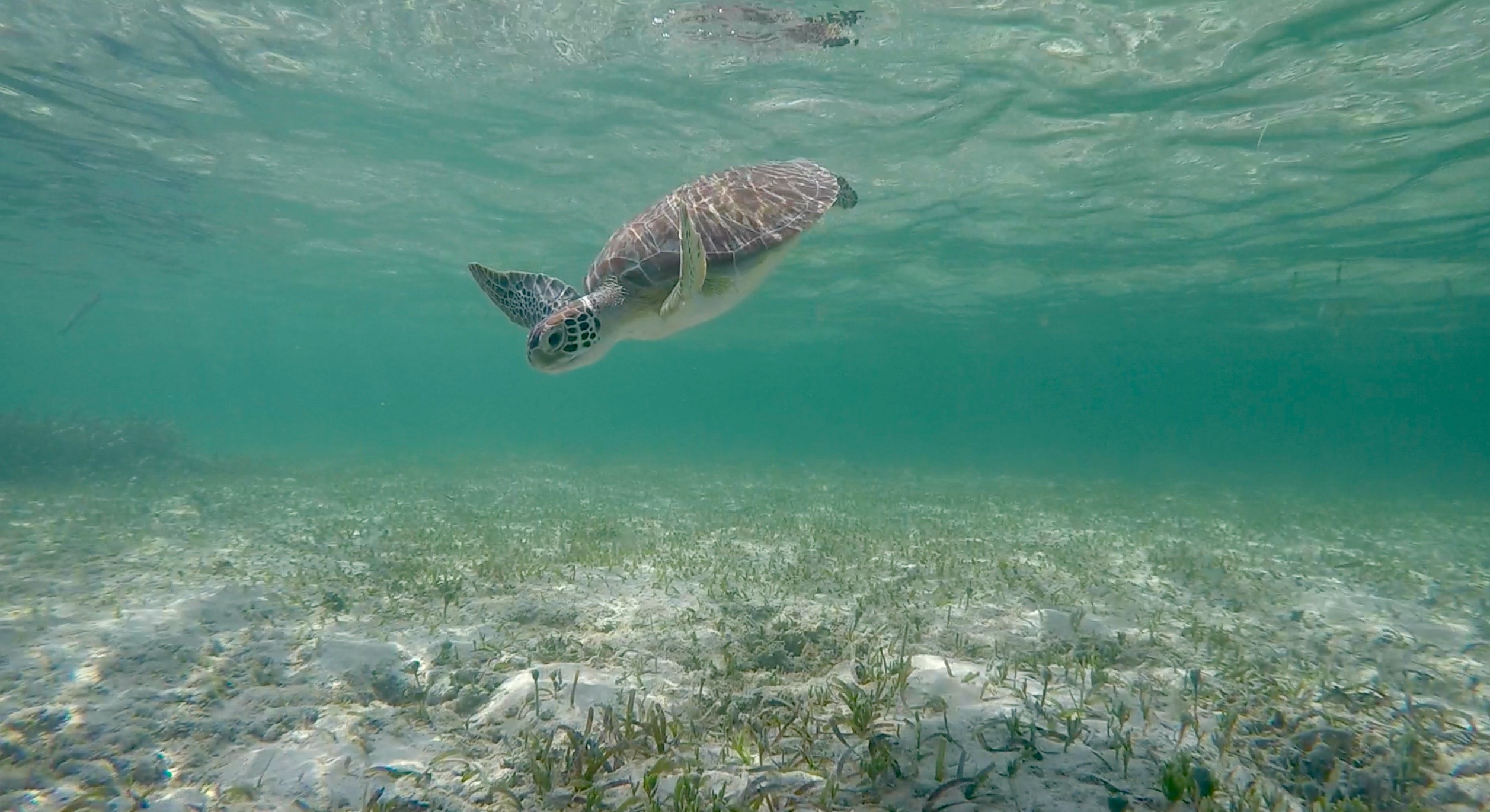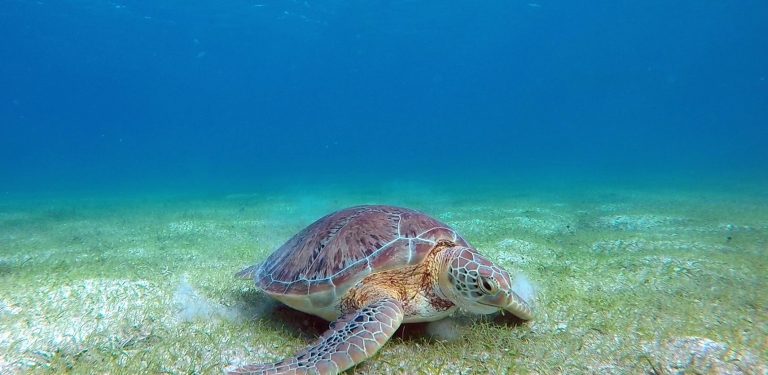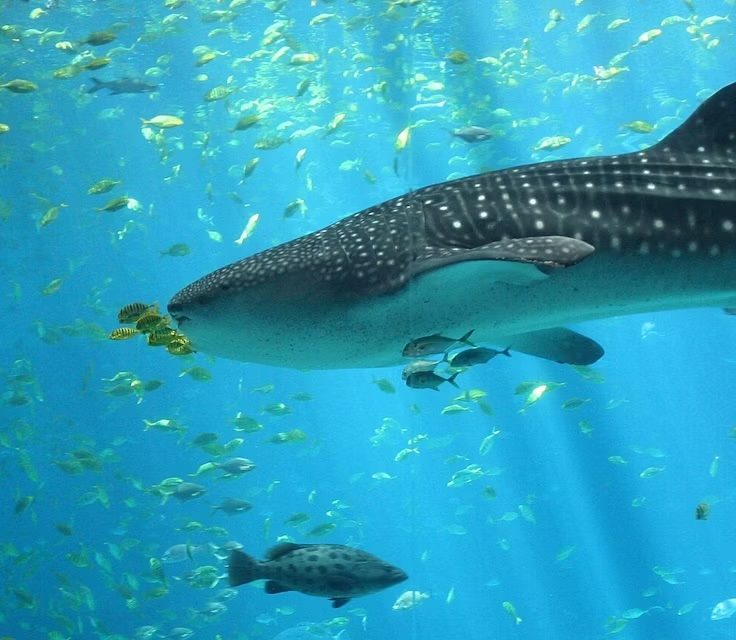
Rebounding Green Sea Turtle Populations Reshape Coastal Ecosystems
Marine ecologist Alexandra Gulick investigates the grazing behaviors of these seagrass megaherbivores
The effects of overharvesting green turtles are starting to wane thanks to long-term conservation efforts. With the recovery of the lone herbivorous sea turtle species, which feeds primarily on seagrasses, direct impacts on coastal ecosystems continue to unfold. Seagrass meadows are returning to a naturally grazed state, giving marine ecologist ALEXANDRA GULICK a chance to explore plant-herbivore interactions while considering future conservation approaches. In a recent paper published in Ecosphere, the Ecological Society of America’s open-access journal, Gulick reveals that the turtles’ strategic foraging methods simultaneously boost plant growth and maximize their own energy returns.

Gulick, a postdoctoral associate in the UF Department of Biology and the National Park Service, studied green turtle grazing dynamics in Caribbean seagrass ecosystems as a former PhD candidate in the UF Archie Carr Center for Sea Turtle Research (degree completed May 2022).
Green turtles graze on marine plants — the greenish color their body fat turns when feasting on grasses and algae gives this species its name. Seagrasses – the turtles’ primary food of choice throughout much of their global range – grows in vast meadows in shallow coastal waters. According to an earlier study published by Gulick in Ecology, green turtle grazing plays a crucial role in the regulation of these aquatic ecosystems: By stimulating leaf growth and turnover, as well as regulating the meadows’ productivity, sea turtles act as stewards of seagrass meadows.
The turtles are rewarded for their work. Seagrasses respond by increasing production of individual shoots, according to Gulick’s previous study published in the Journal of Ecology. This plant response maximizes leaf area and light harvesting potential despite the removal of leaf tissue, creating a dense canopy that maximizes the turtles’ foraging efficiency.
Green turtles are creatures of habit. They exhibit strong “site fidelity” to their grazing areas, a term used by ecologists to describe the behavior of animals with fixed routines and a pattern of returning to the same locations over time. Gulick and her team took advantage of this foraging strategy and were able to analyze green turtle behavior by establishing stationary cameras and collecting seagrass samples in grazed areas.

Green turtles establish and can maintain feeding plots for several years. By re-grazing new growth in these areas, the turtles create short, dense leaf canopies that allow them to maximize forage intake. In her new paper, Gulick likens these interactions to those of wildebeest roaming the African Serengeti.
“The green turtle foraging strategy is analogous to some terrestrial megaherbivores that cultivate grazed areas. Maintaining grazed areas facilitates plant responses that allow meadows to support grazing pressure, and allows turtles to maximize forage intake”.
With quickly changing ecosystems in the face of human intervention, Gulick’s study offers a critical understanding of the functioning of grazed seagrass meadows, as well as the turtles’ foraging behavior as they resume their historical ecological roles.
“Our findings provide important insight for understanding megaherbivore grazing dynamics and sustainability in seagrass ecosystems, and valuable tools for developing effective ecosystem-based approaches to conservation for both turtles and seagrasses.”
Read the open-access paper here.


